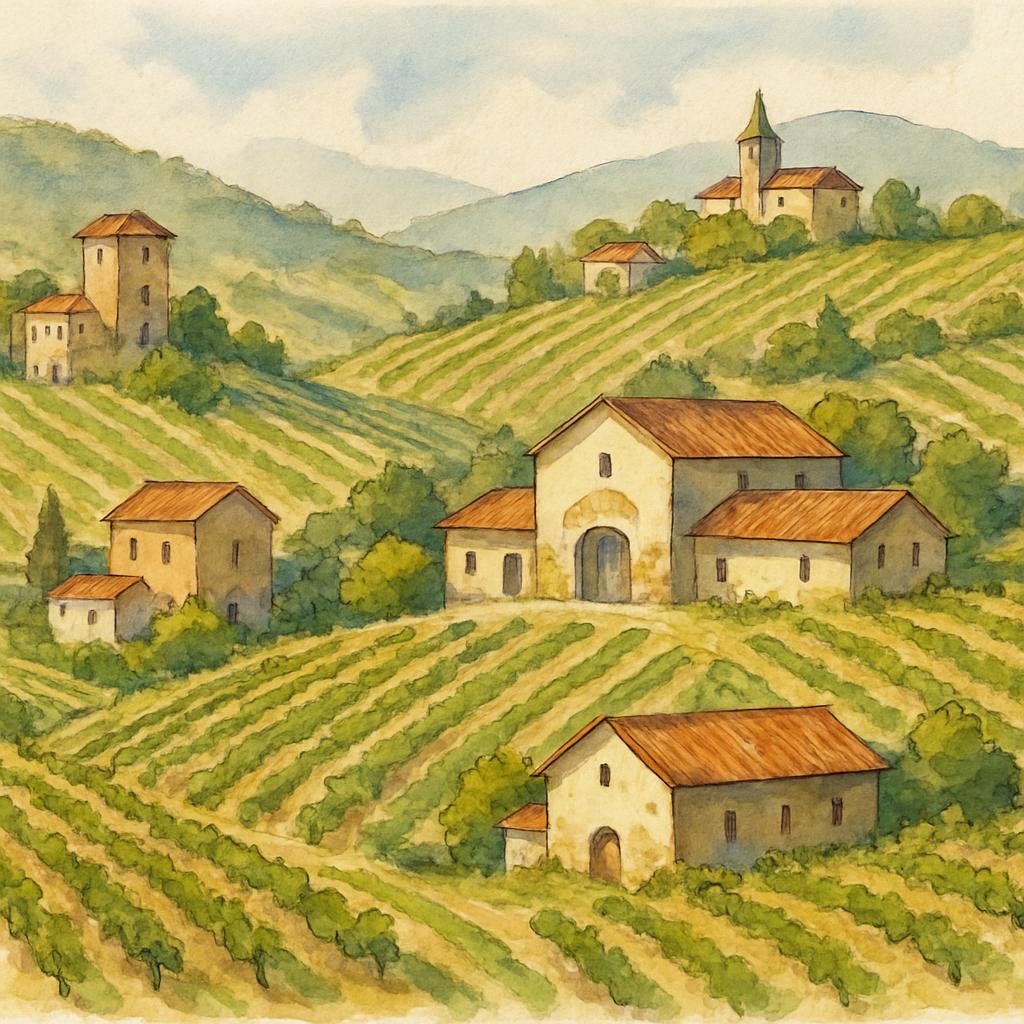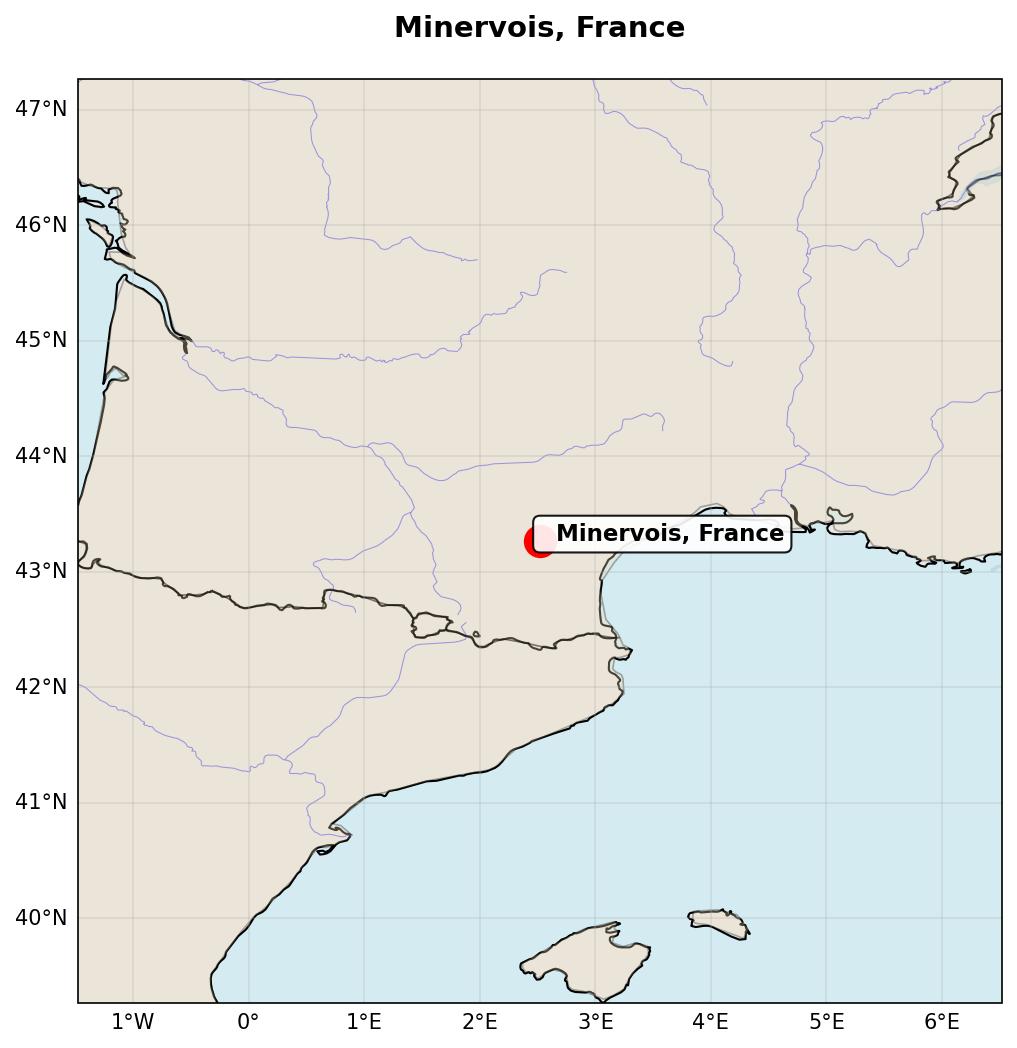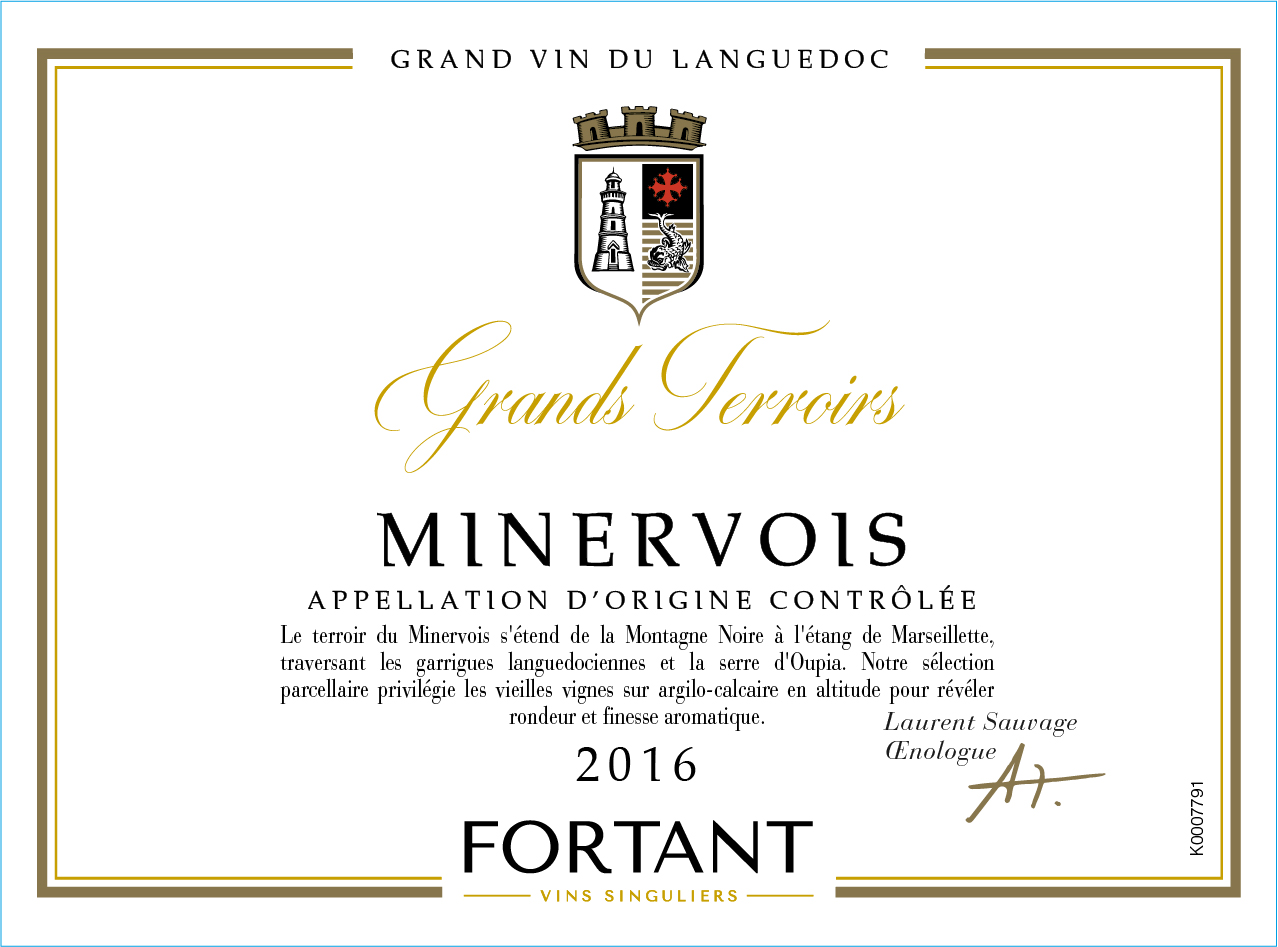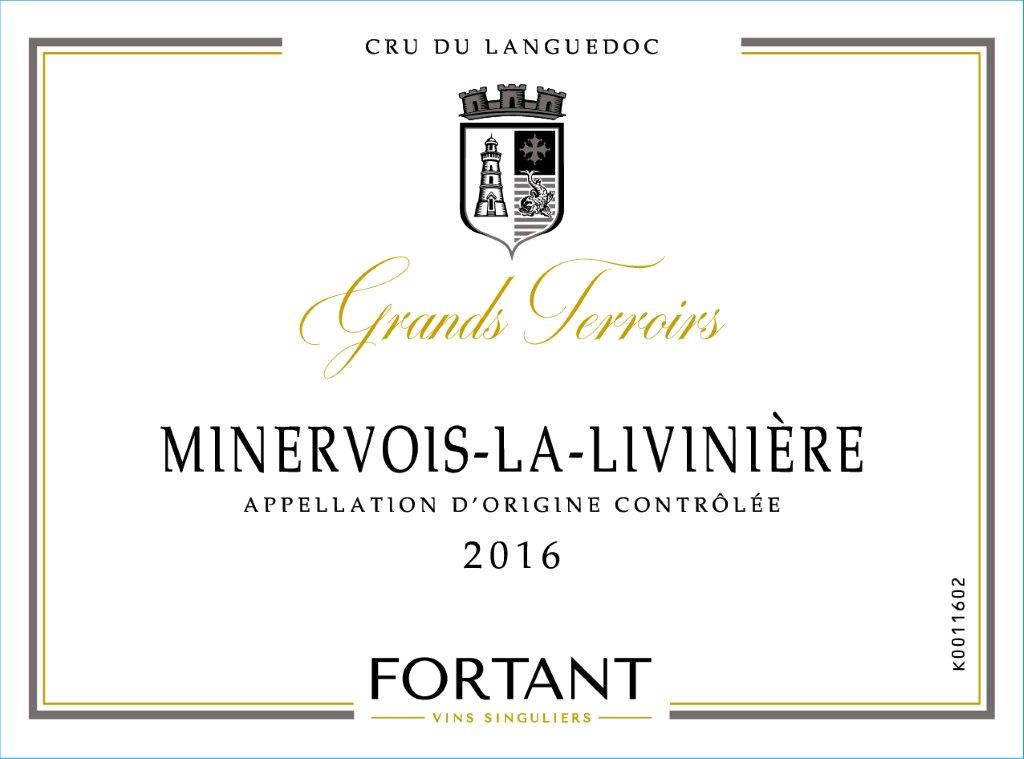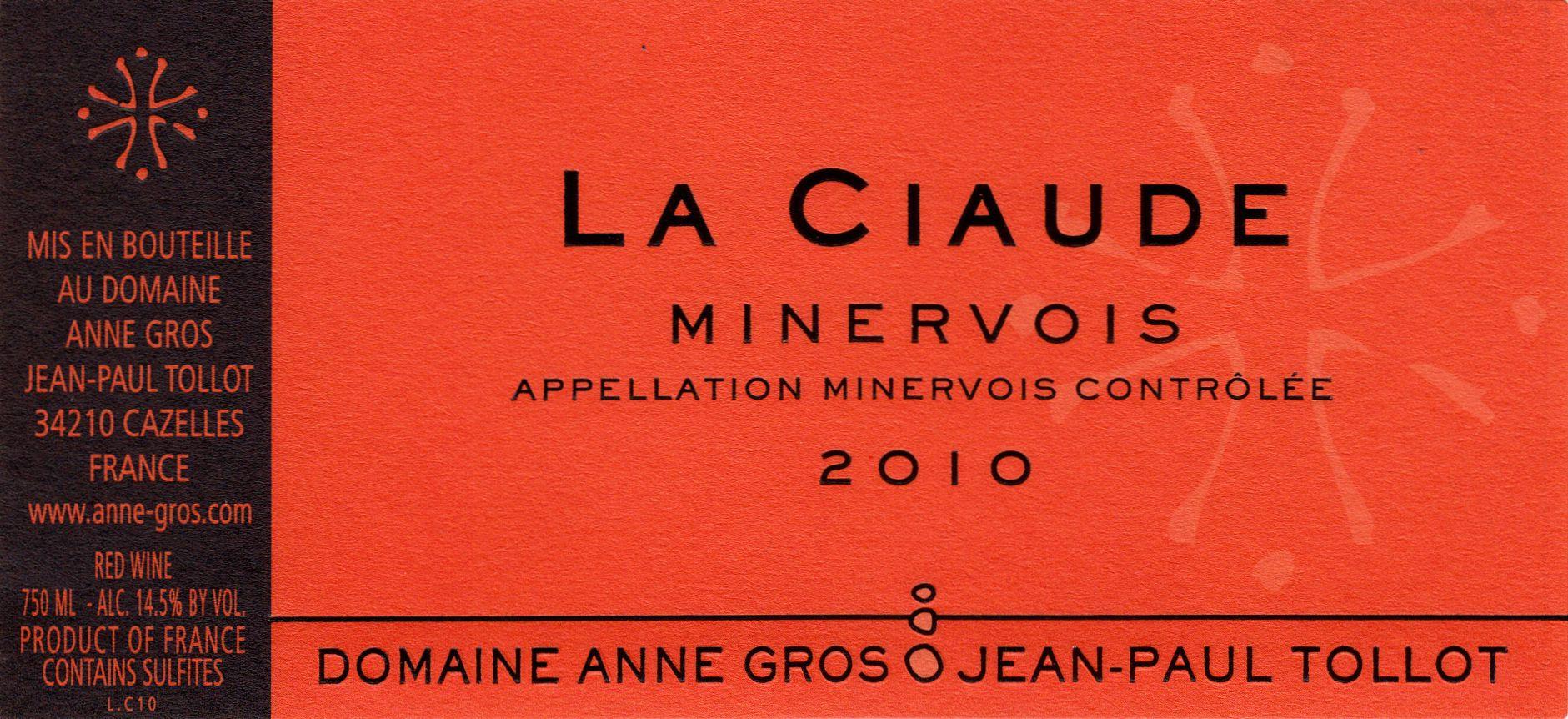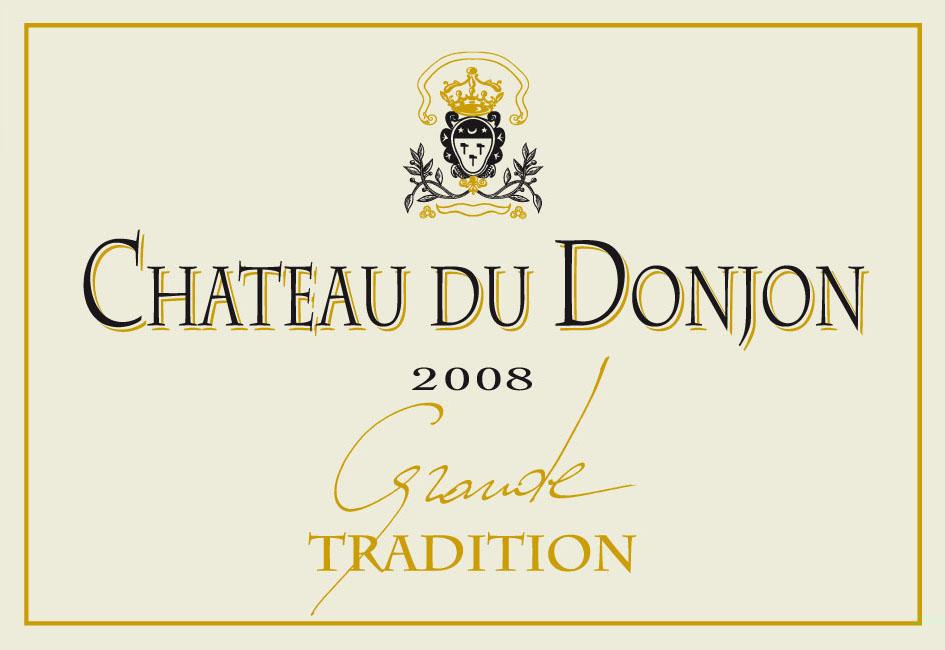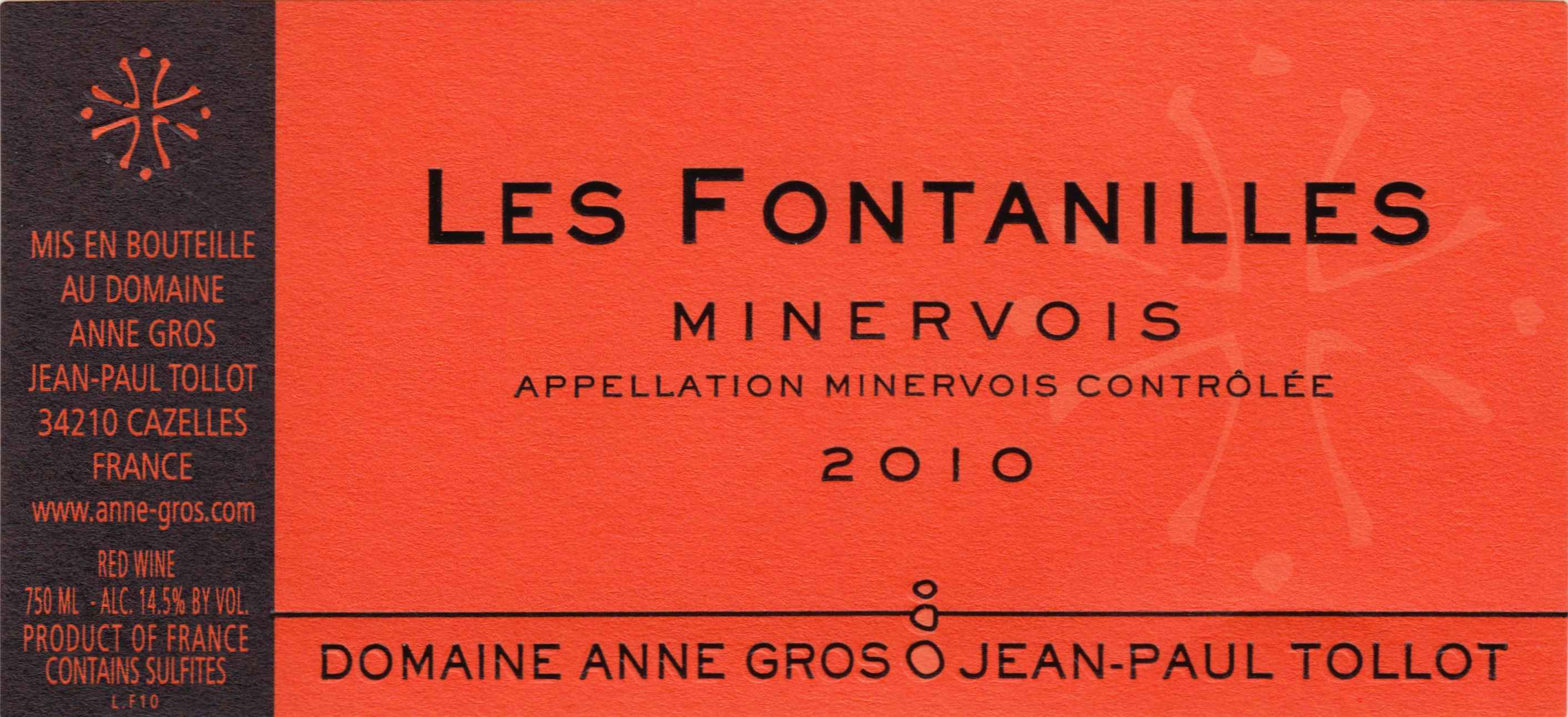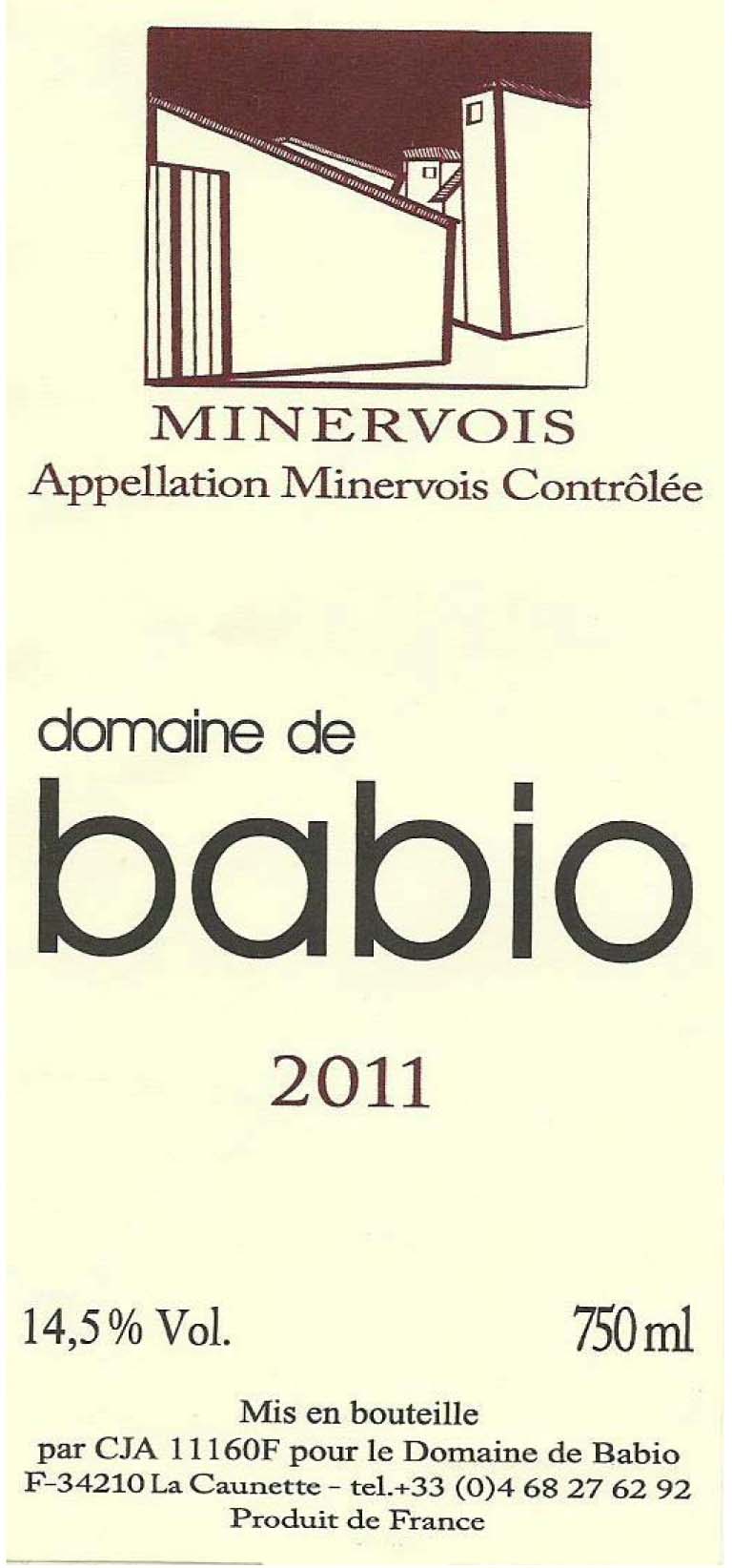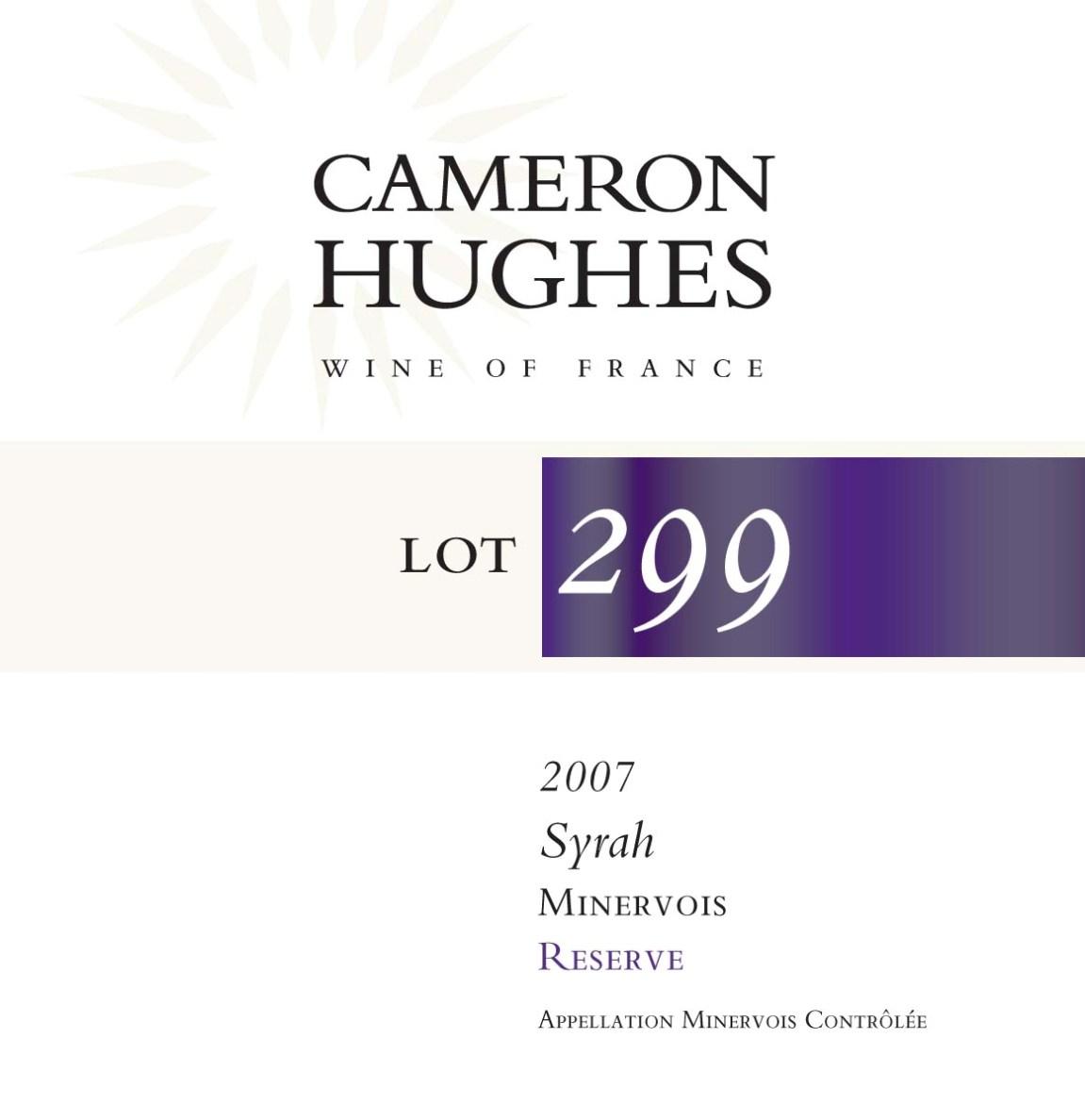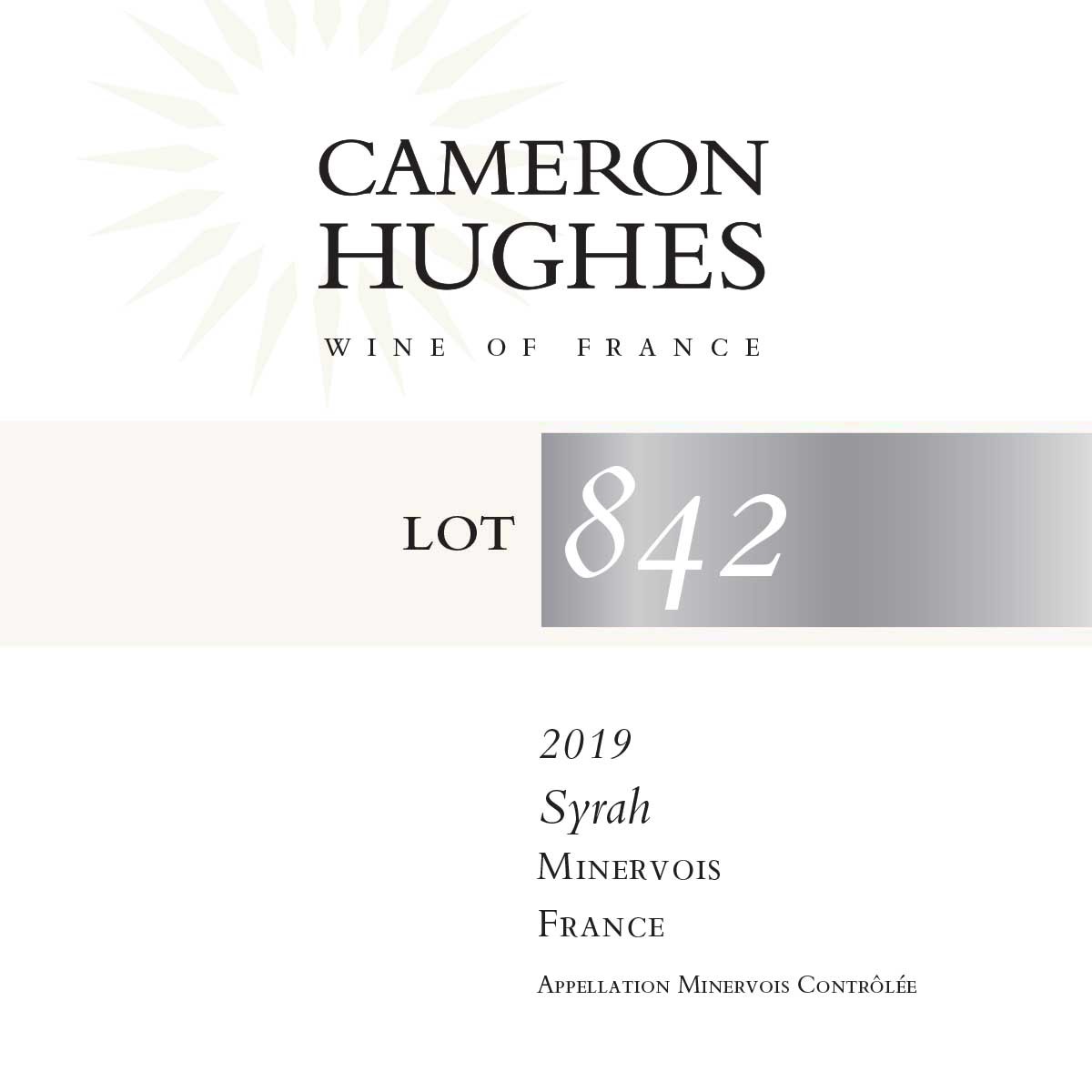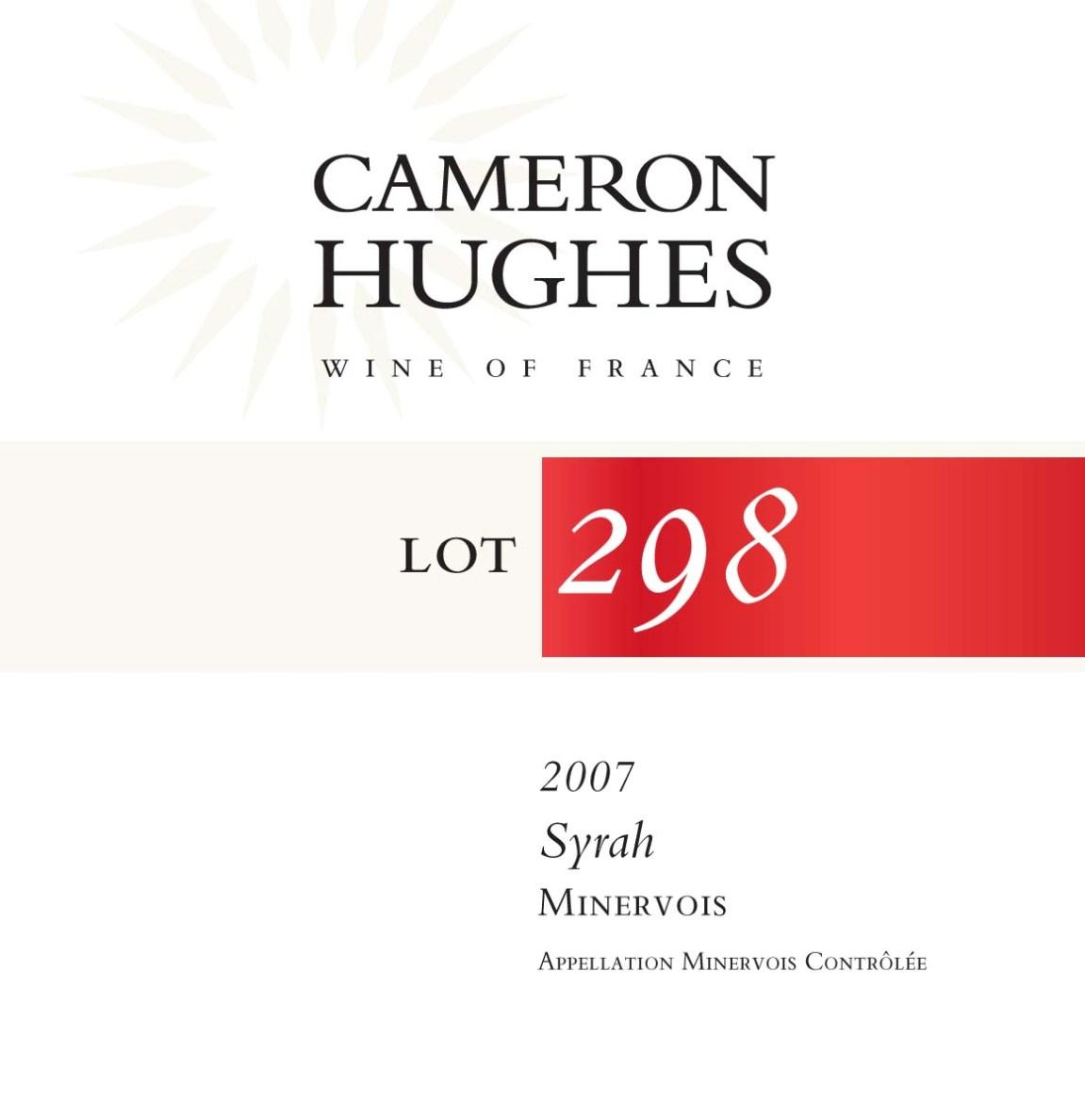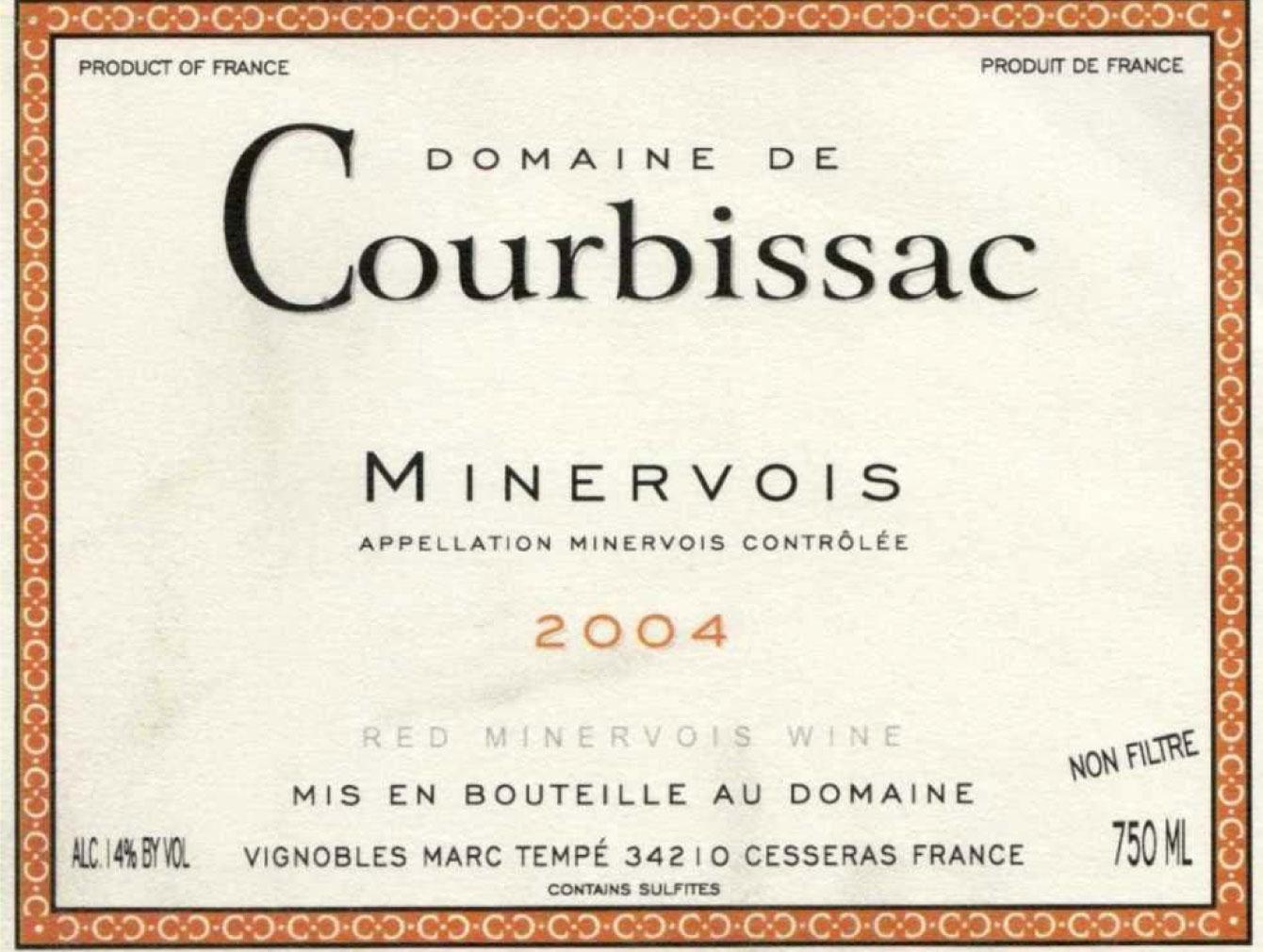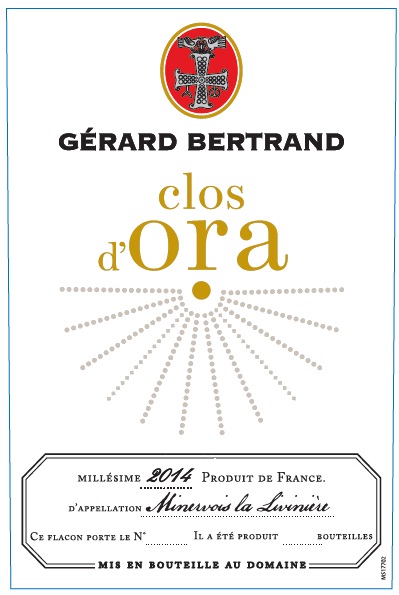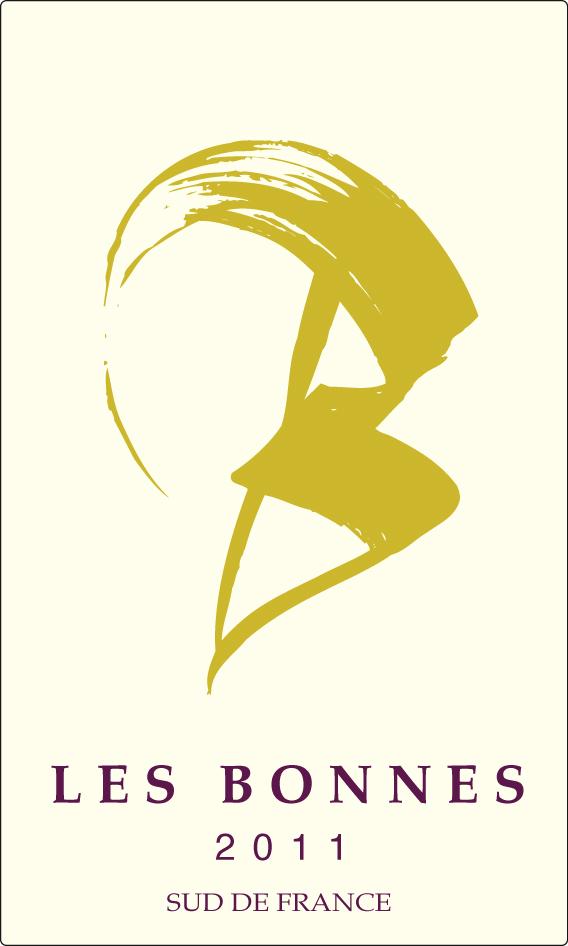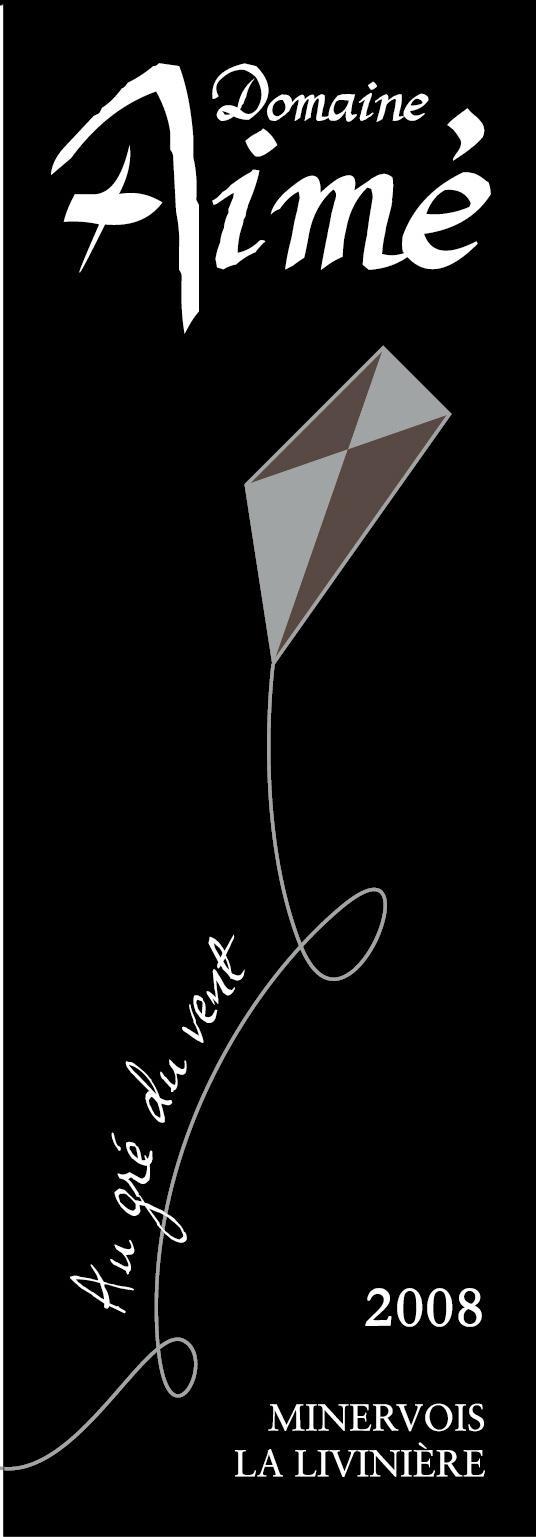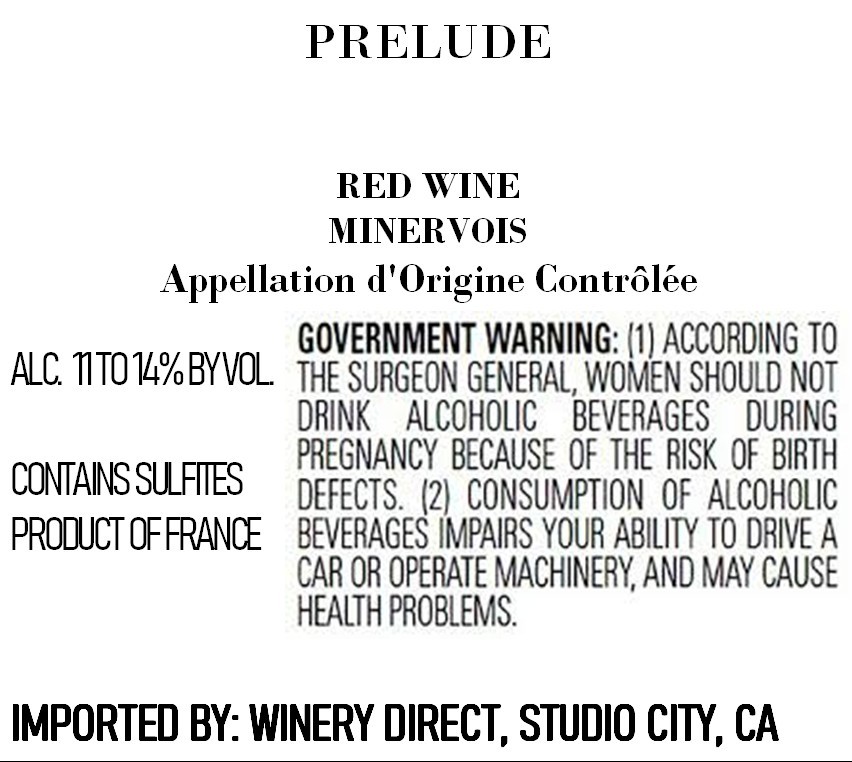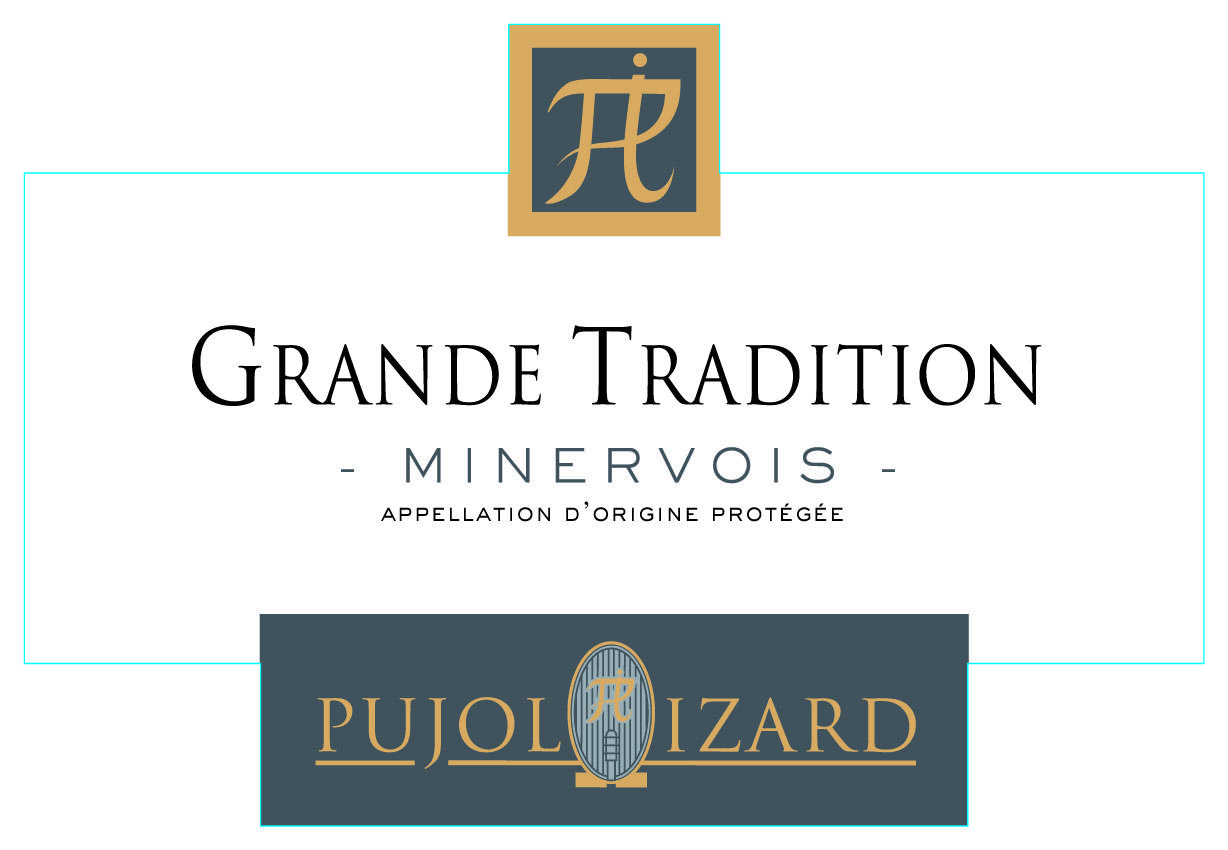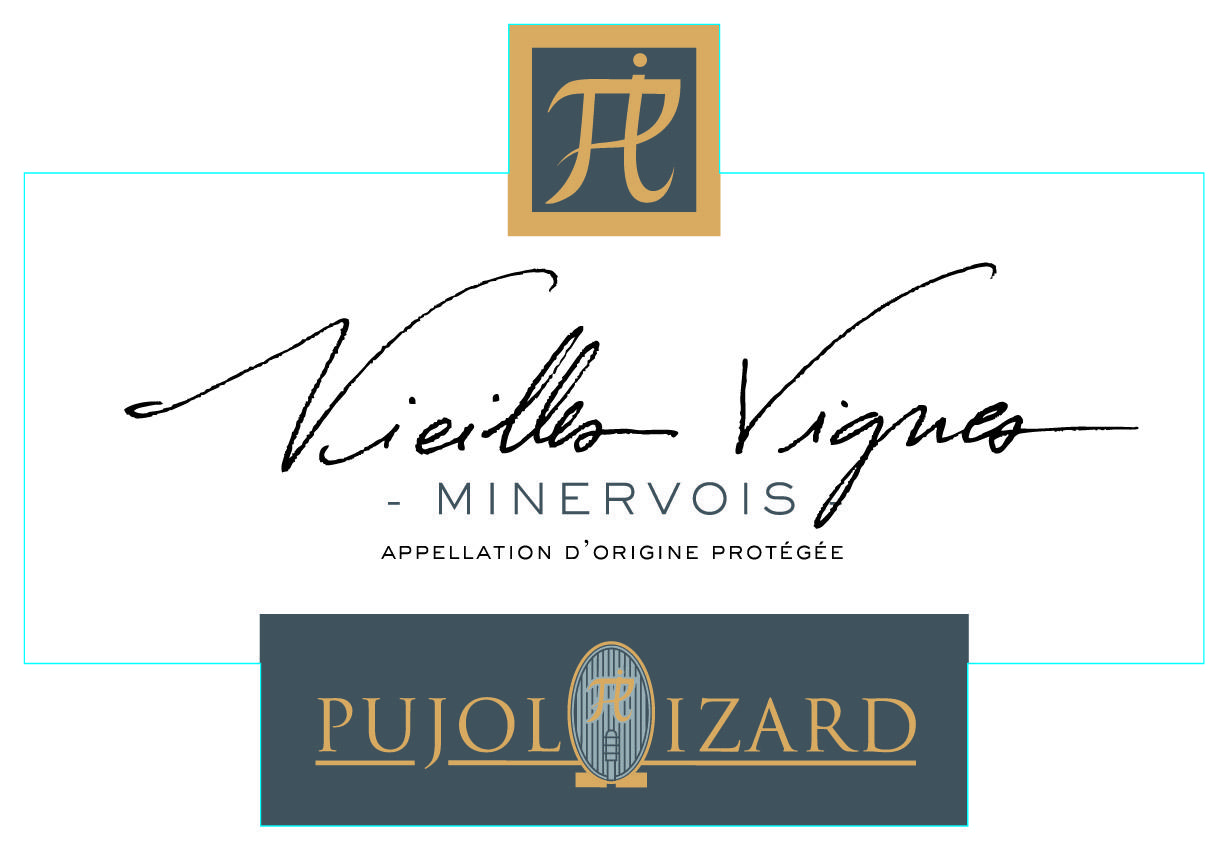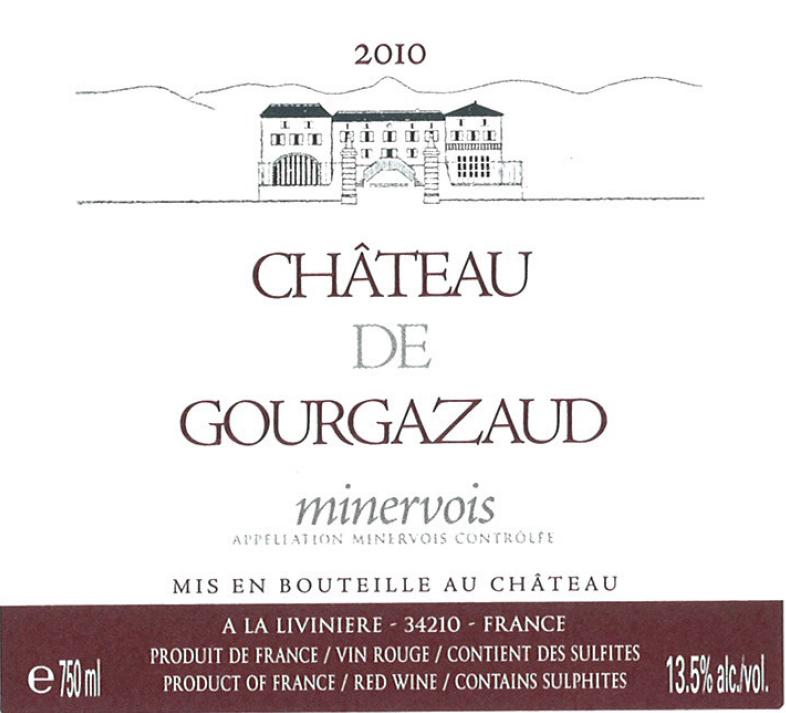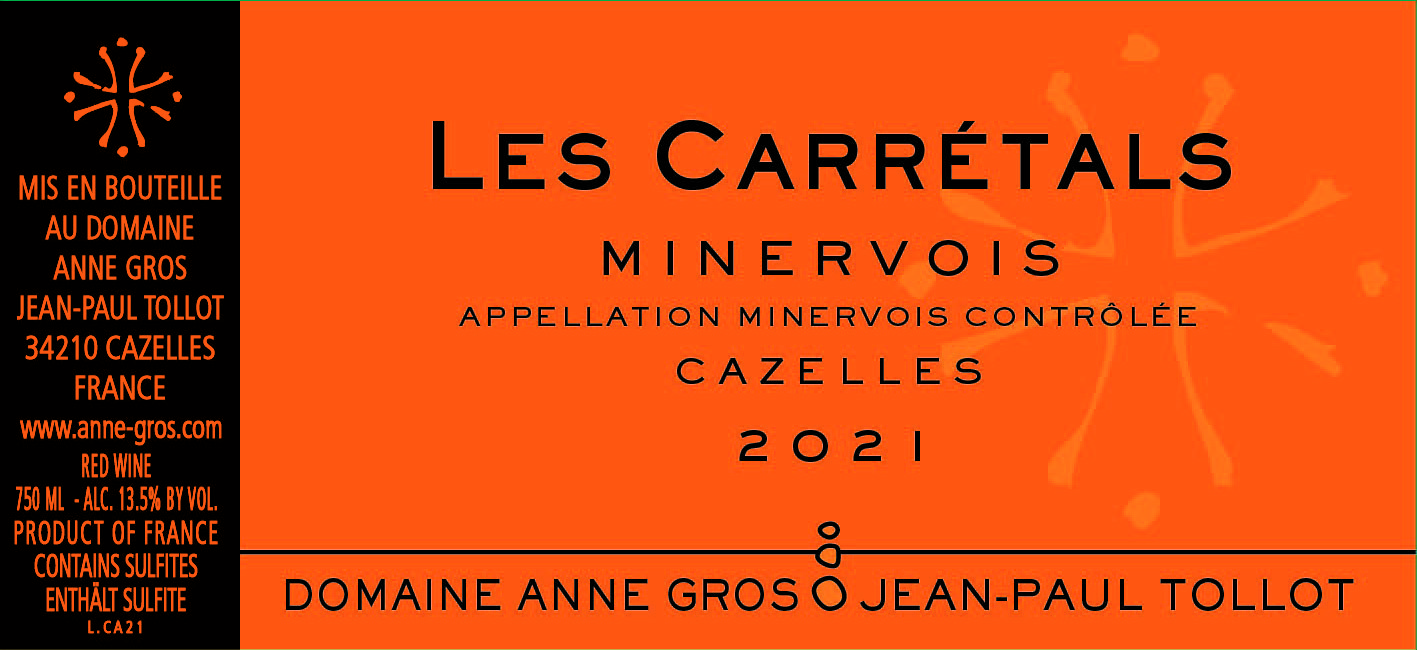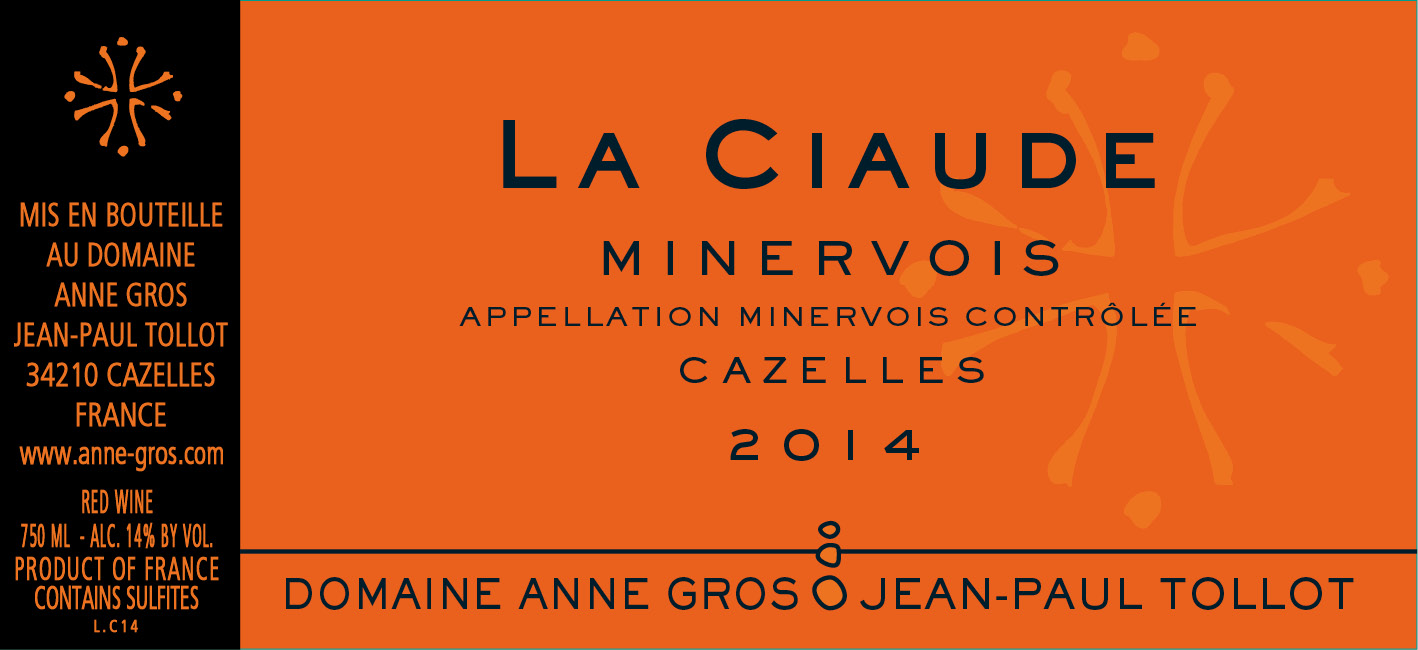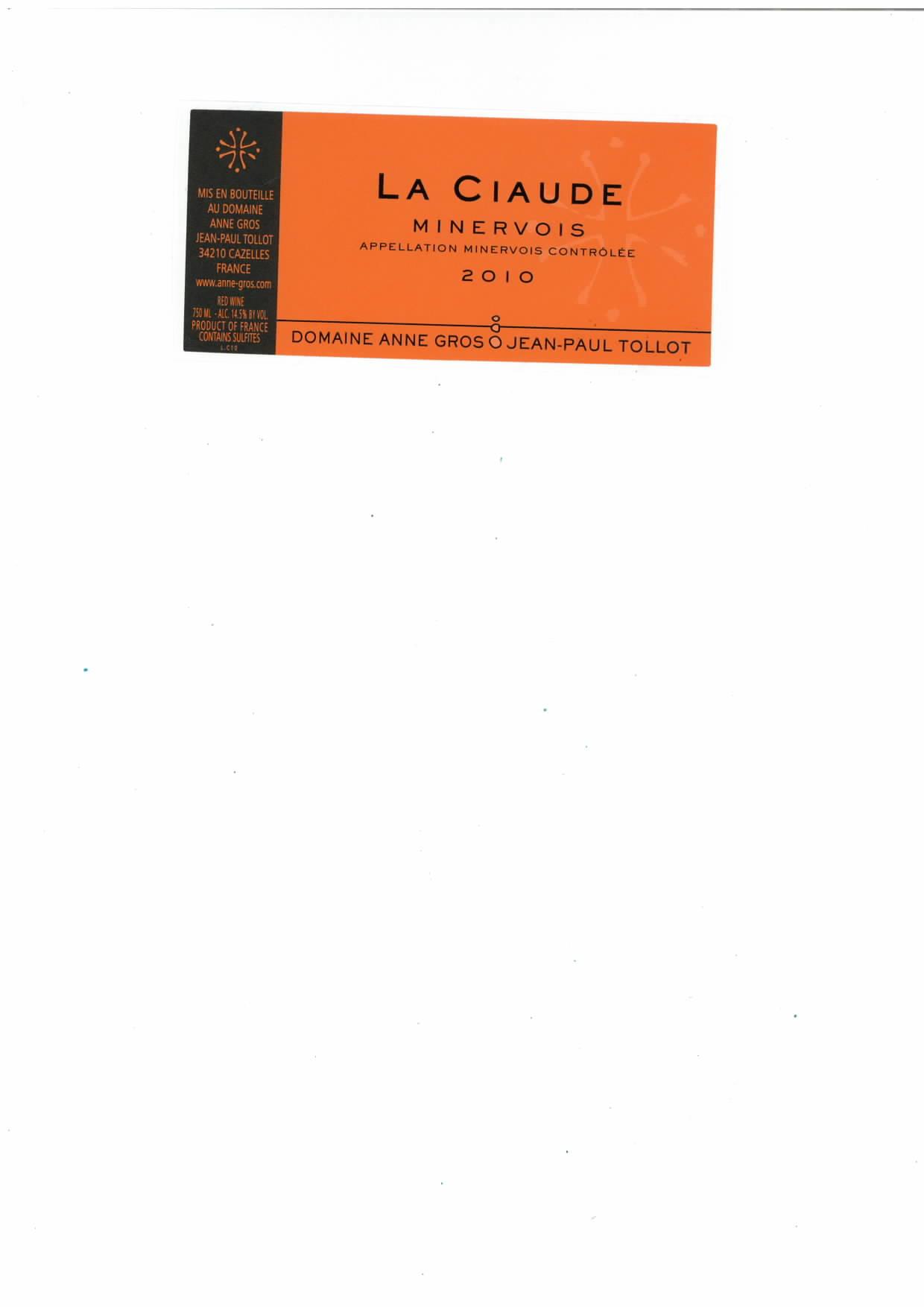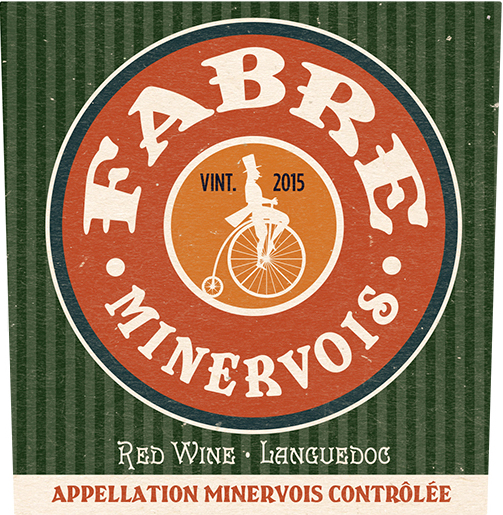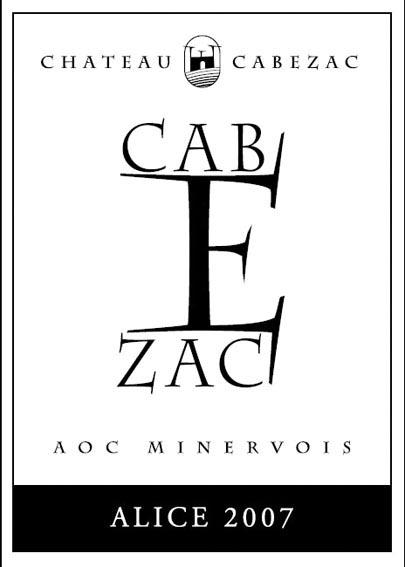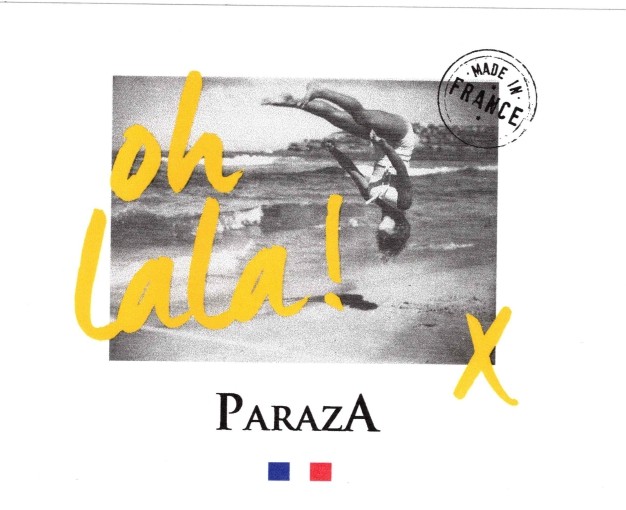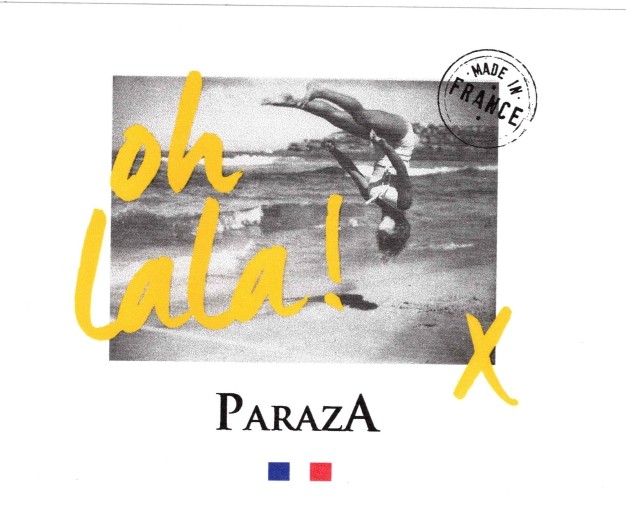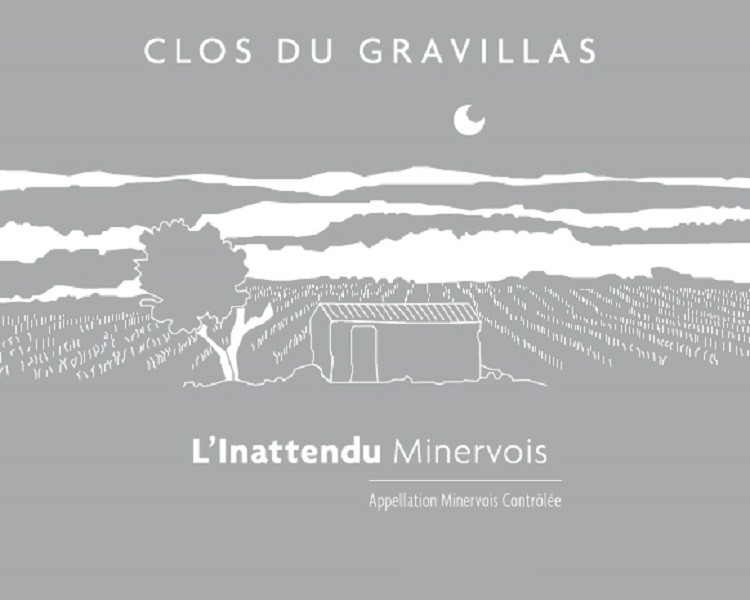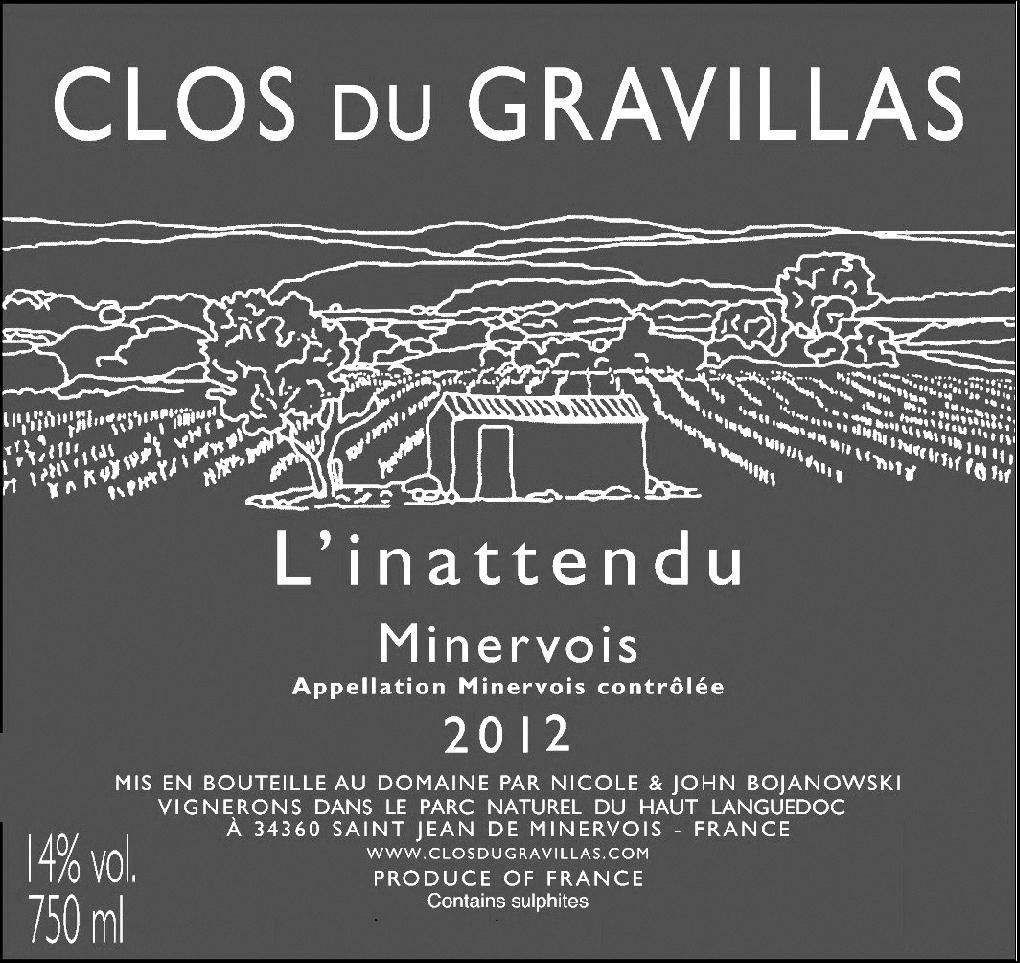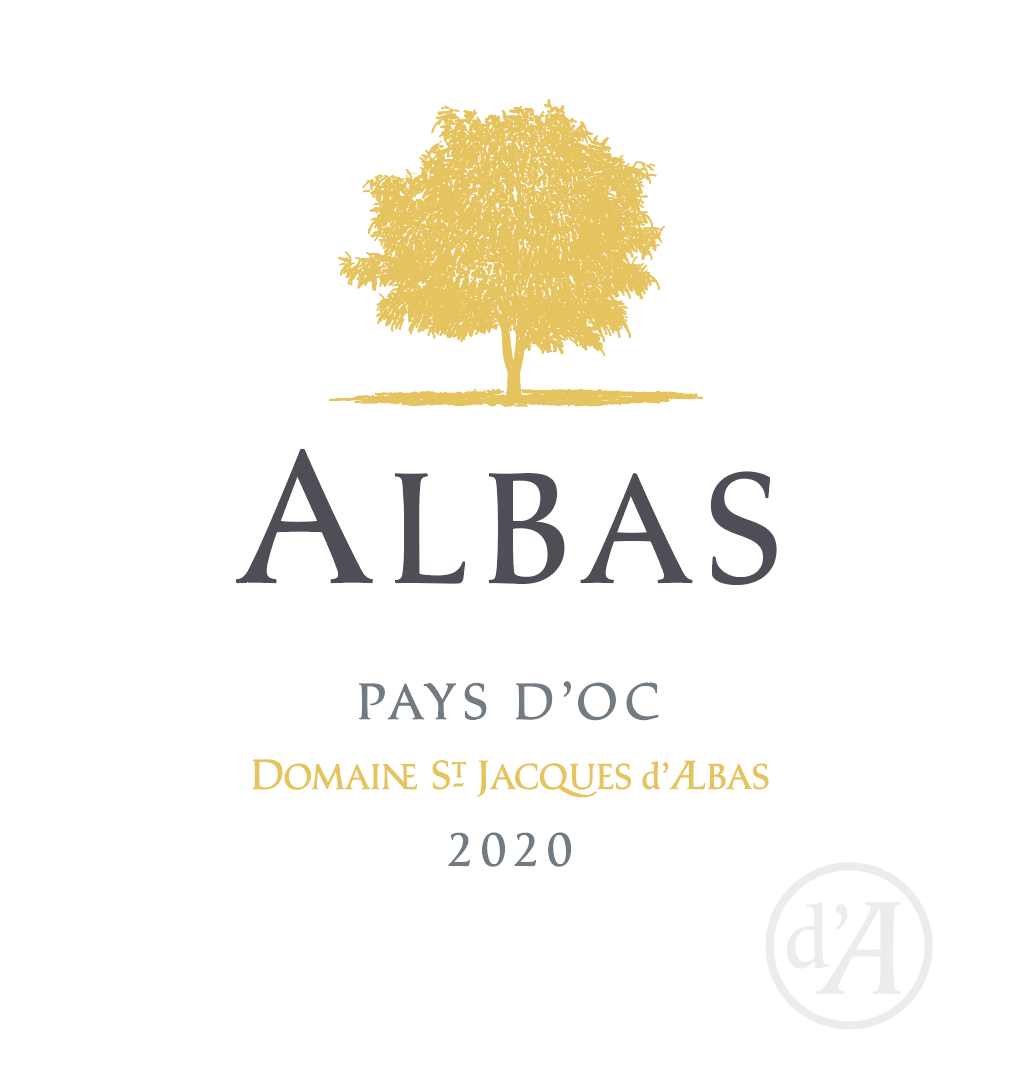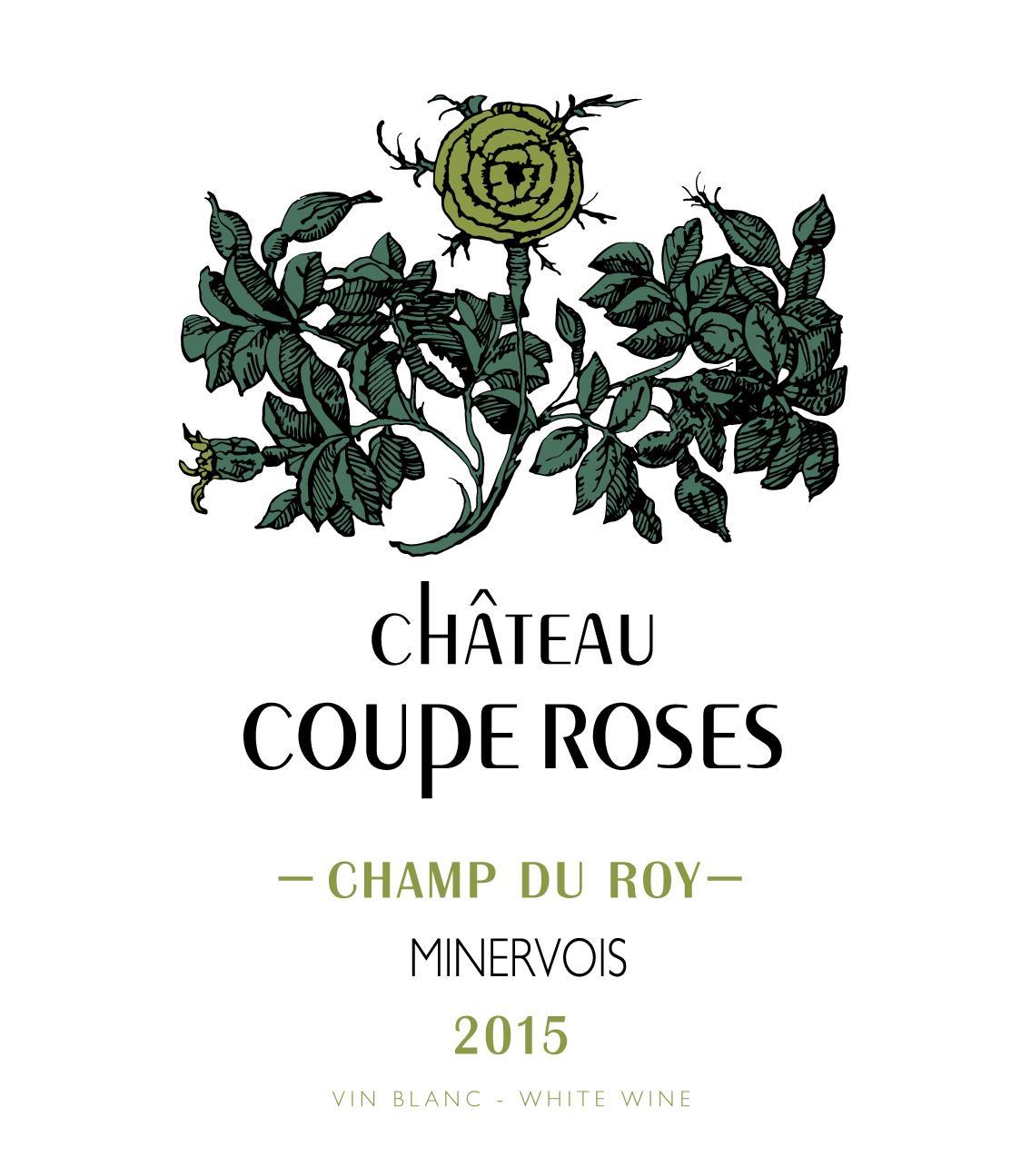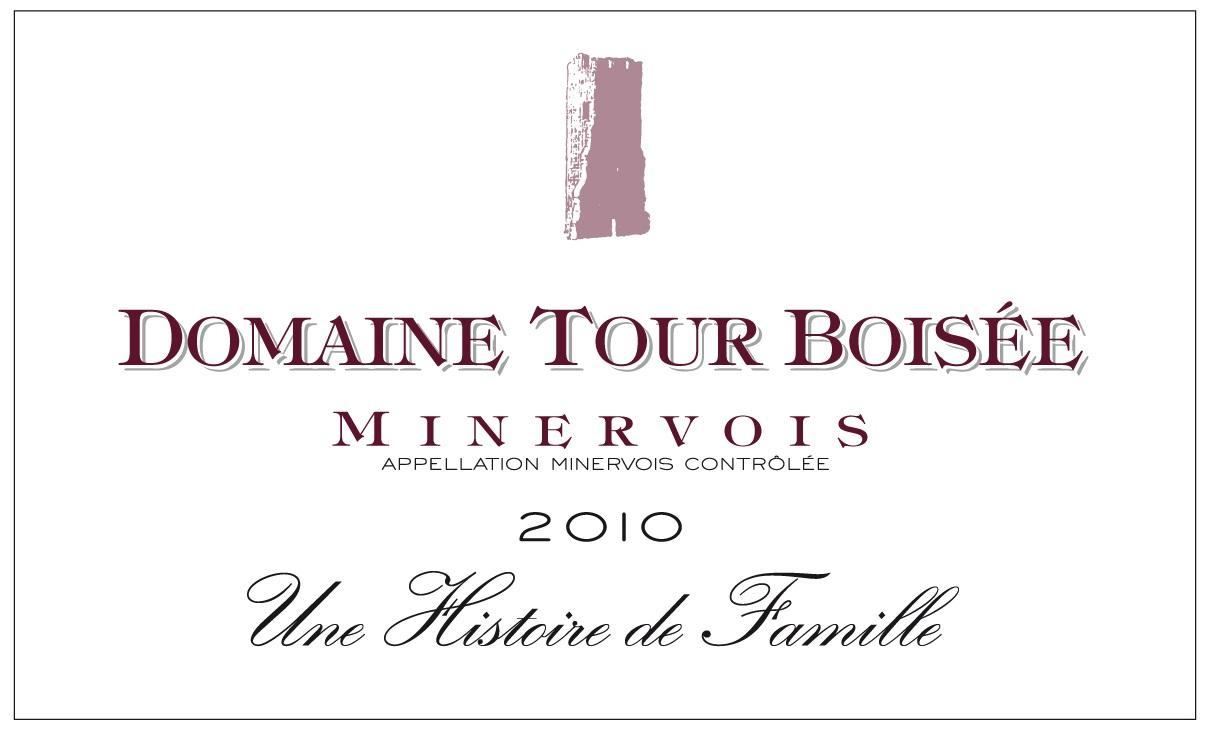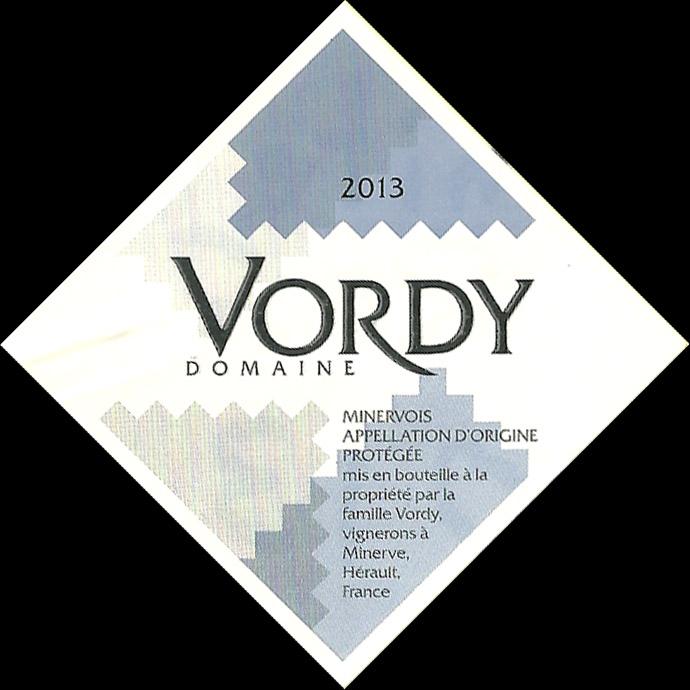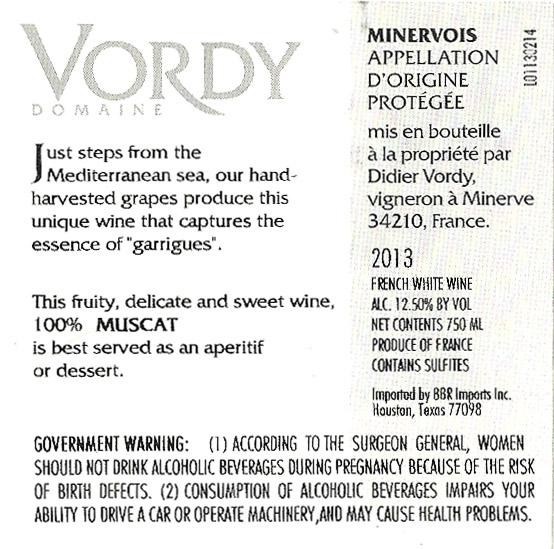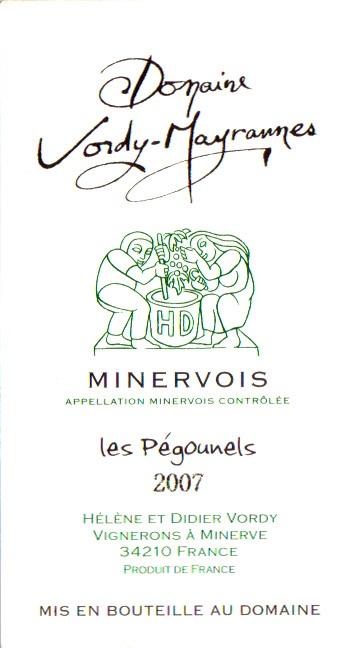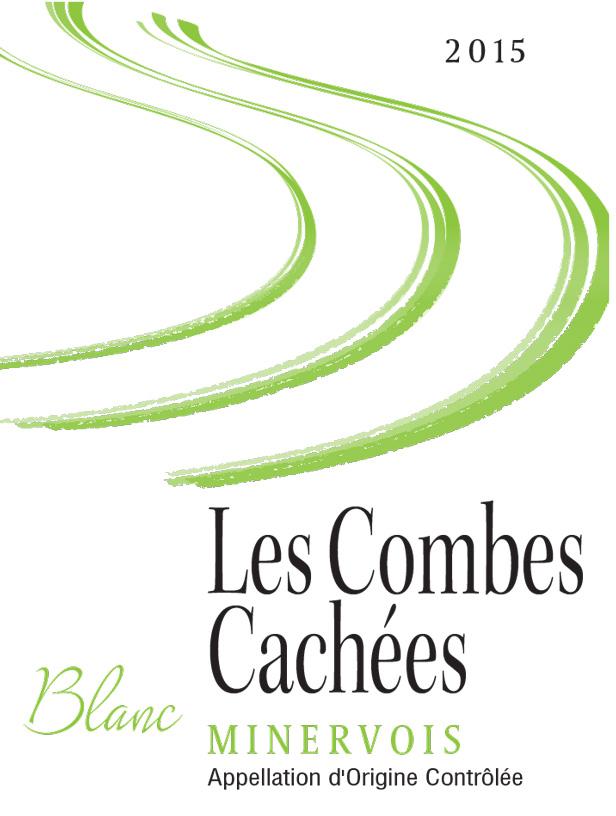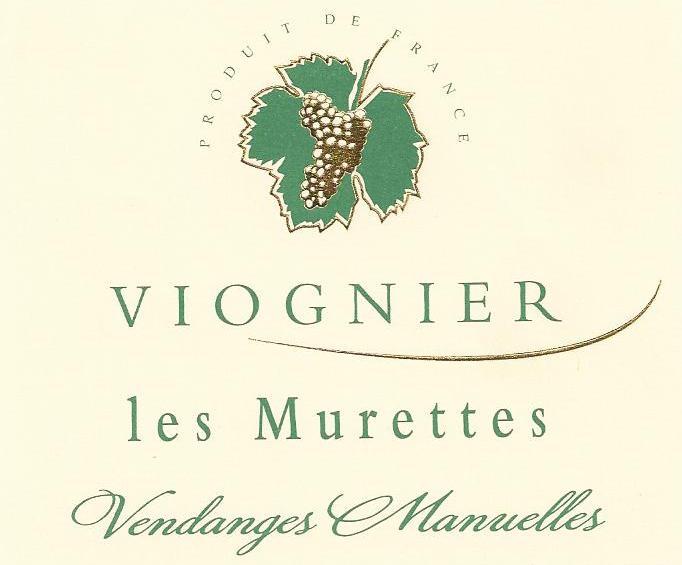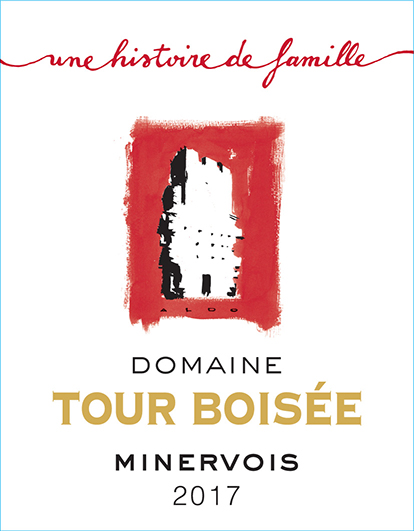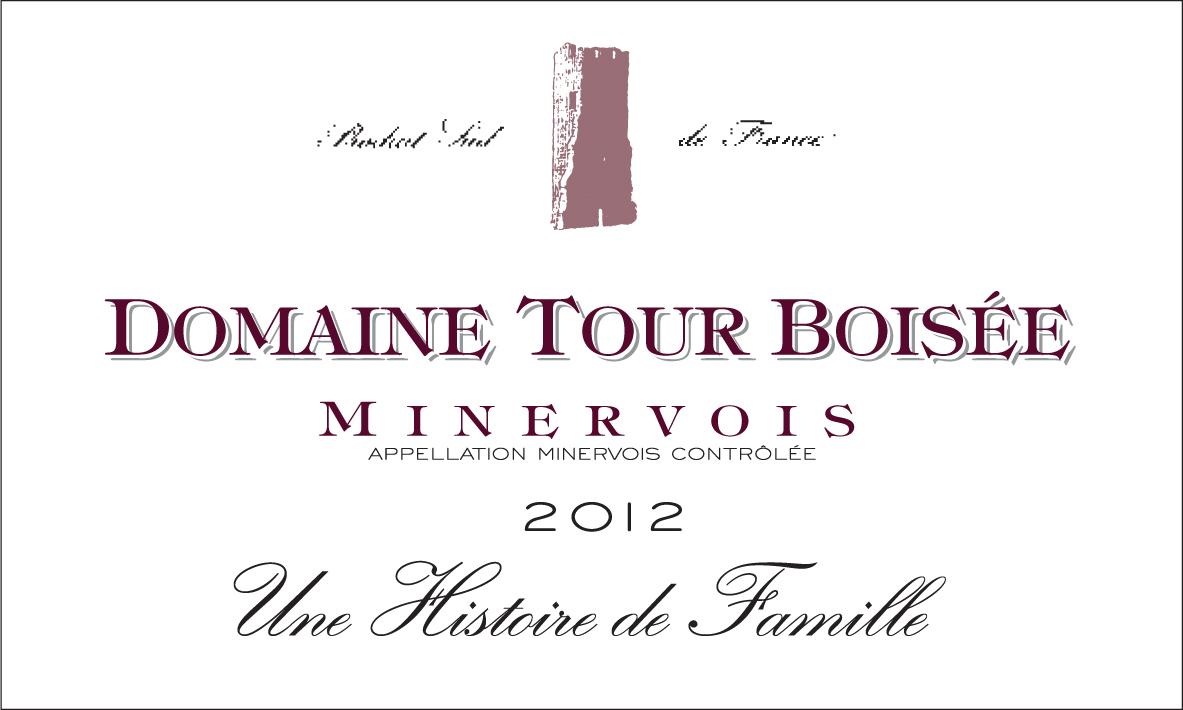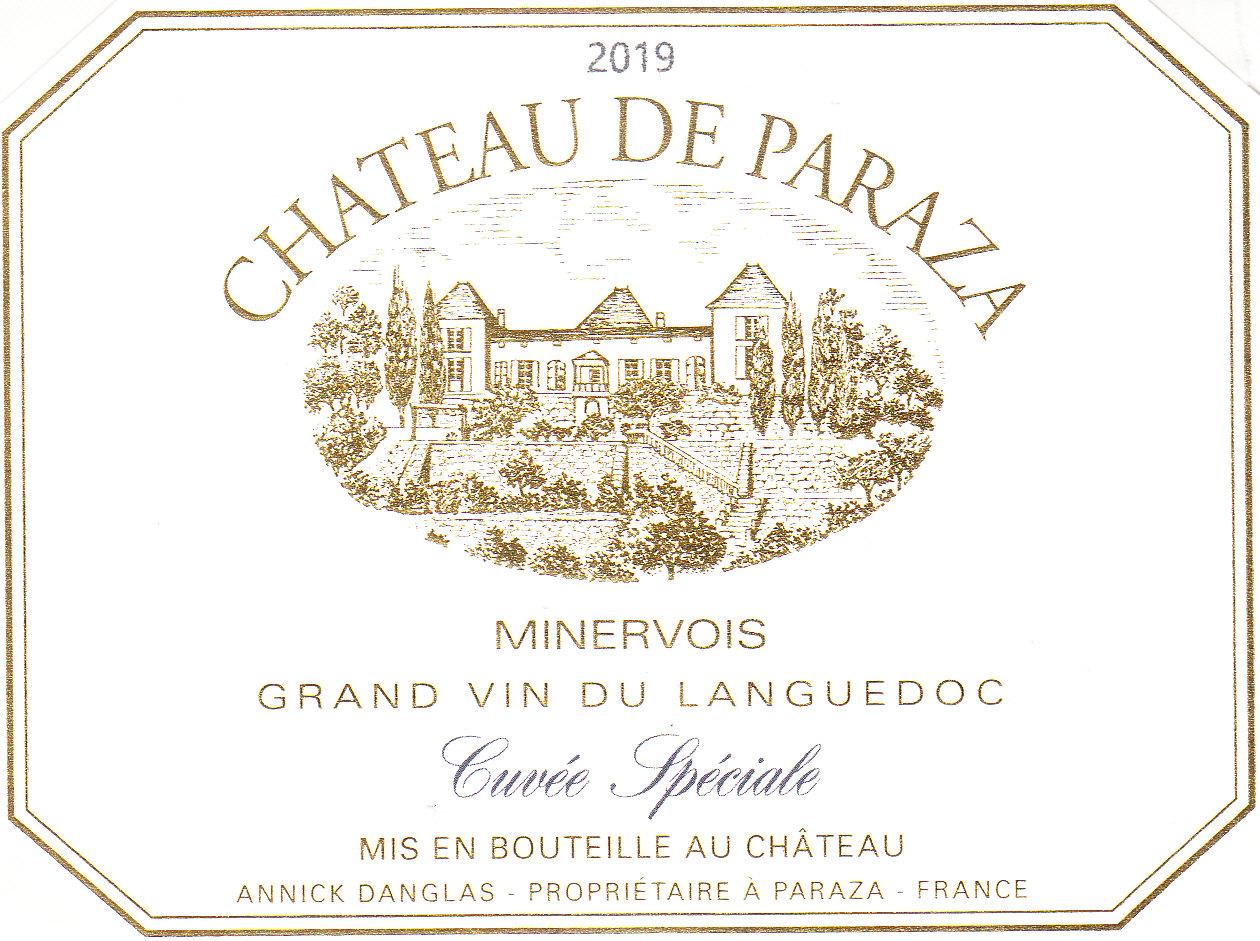Terroir of Minervois
Minervois flourishes under a classic Mediterranean climate with plenty of sunshine and warm summers. Cool nighttime breezes and the drying Tramontane wind provide balance. The region's varied landscape, from 100 to over 500 meters above sea level, affects both temperature and grape ripening, allowing for diverse wine styles.
Vineyards sit on a complex mix of soils—limestone-based marl and chalk on slopes, schist and sandstone in the uplands, and clay-sand or alluvial terraces in lower areas. These mineral-rich, well-draining soils are key to creating wines with ripe fruit flavors, solid structure, and the distinctive garrigue aromas.
Rainfall is moderate, mostly in autumn and winter, but late-summer droughts can be challenging, requiring deep-rooted vines and careful irrigation. This unique setting supports the rich, fruit-forward red blends that Minervois is known for.
Notable Wineries in Minervois
Minervois boasts a blend of historic and modern wineries, where tradition meets innovation.
Among the notable producers, Gérard Bertrand shines with estates like Château Laville Bertrou and Clos d’Ora, known for crafting exceptional blends of Grenache, Syrah, and Carignan.
The region is dotted with independent domaines, each offering a unique expression of Minervois' diverse terroirs. Cooperative wineries are vital, uniting small growers to create wines that offer great taste and value.
Many estates open their doors to visitors, offering tastings and sometimes lodging, allowing enthusiasts to immerse themselves in the region's rich winemaking heritage.
Sustainable Winemaking in Minervois
In Minervois, sustainable winemaking is becoming a key feature. Many producers are either certified organic or biodynamic, while others participate in initiatives like HVE (High Environmental Value) or Terra Vitis to minimize chemical use and preserve biodiversity.
Common methods include planting cover crops between vine rows, using compost and natural mulches, applying targeted treatments through integrated pest management, and selectively hand-harvesting to avoid compacting the soil.
In the cellar, some winemakers use native yeast for fermentation and carefully manage sulphur levels.
As modern equipment and improved vineyard practices are adopted, eco-friendly methods are increasingly embraced, leading to a growing number of sustainably farmed vineyards.
Wine Tourism in Minervois
Minervois is a prime destination for wine tourism, offering a rich blend of natural beauty and cultural heritage.
Visitors can explore medieval villages like Minerve, set amidst rolling vineyards, and enjoy a range of activities from cycling to leisurely walks along scenic trails.
The area is a stone's throw from attractions such as the Cité de Carcassonne and the Canal du Midi.
Wineries in Minervois warmly welcome guests for tastings and tours, and some even offer overnight stays.
The local cuisine, featuring specialties like cassoulet and artisan cheeses, complements the region's robust red wines and refreshing whites.
Throughout the year, various festivals and markets celebrate the harvest and showcase the latest vintages.
This combination of history, landscape, and gastronomy makes Minervois a delightful experience for wine enthusiasts seeking to immerse themselves in the authentic flavors of the region.
